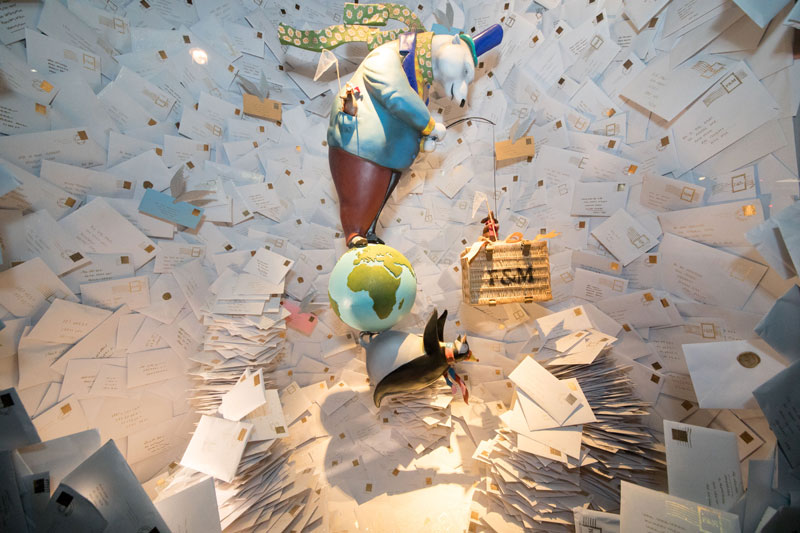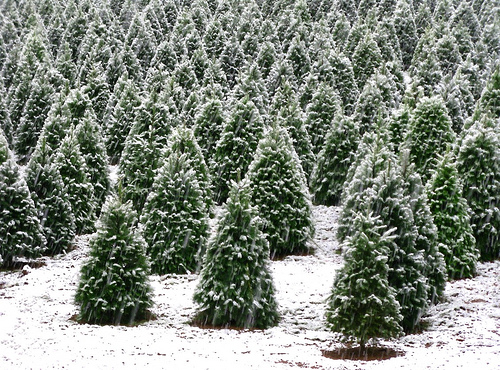Christmas is here!
The John Lewis Effect
info__
See some of their previous ads here;
Read more about the John Lewis Effect
And if you read our Newsletter last month about Independent retailers, and the initiates underway to support and promote , there’s an article here, about John Lewis promoting local Yorkshire retailers.
Other brands ads 2016 adverts:
Marks and Spencer :
Christmas Traditions
Around the world there is a plethora of ways that countries and cultures celebrate Christmas, some don’t even celebrate on the 25th of December, some celebrate before, some after and some not even at all.
However we thought we would a look at all the strange ways that people from around the globe celebrate Christmas.
Ever heard of making a reservation for KFC on Christmas day? Surprisingly in Japan people do just that! Following a successful marketing campaign in the 1980’s, KFC became a nation-wide tradition for Japan..
To see a snippet click here.
Now not everyone has their festivities on the 25th of December, some orthodox celebrate on the 7th of January as they follow the Julien calendar in regards to religious holidays. Most people in Scandinavian countries celebrate on December 13th as they honour St. Lucia (also known as St. Lucy). The celebration of St. Lucia Day began in Sweden, but is also celebrated in Finland and Denmark.
The History of the Christmas Window

Another example of Christmas tradition would be going to see the department store Christmas window. At least once in our lives we have been taken by our parents, grandparents, maybe you have taken your children to spend what seems like hours queuing to see the grand unveil of the big department seasonal store window.
So when did this tradition start and why?
During the time of the Industrial Revolution, in the late 1800s, large slates of glass became more readily available. Thus department store owners were able to display their products to draw consumers in, as such “window shopping” was formed. As Christmas is the busiest time of the year in retail, the Christmas themed window display was created, which would often display products that a consumer could buy in store.
The first instance of the window display was done by R.H. Macy of Macy’s in New York City in the mid 1800’s. They were also the first department store to have an in house Santa for children to visit, which is now such a wide spread, and long held tradition.
Through the years, technology improved and competition grew, stores tried to out-do each other in the most elaborate window design, to garner the attention of consumers.
A strange example of elaborate window design was D.C.’s Woodward & Lothrop store which included live penguins as part of their display in the 1950s. Nowadays storefronts include less live animals, and have intricate displays, including music and lights, which are available for viewing at night as well as during the day.
To see Christmas windows from Paris London or New York
Fun Facts about Christmas:

- It takes Christmas trees around 15 years to grow to 6-8 feet. There are approximately 30-35 million Christmas trees grown annually.
- Rich fruit cake, the forerunner to our traditional Christmas cake originated in Ancient Egypt, they ate fruit cake – as they believed it was essential for the after-life.
- The candy cane’s origins can be traced back to Europe circa 1670, the cane shape symbolises Jesus hook for shepherding lambs with the white symbolising purity and the red displaying sacrifice.
- In India, Christmas is a national holiday even though only 2% of the population are Christian.
- Round glass Christmas tree ornaments were inspired by the shape of apples. Apples were the original Christmas ornaments, put on the tree to symbolise the Garden of Eden.
- There are 12 courses in the traditional Ukrainian Christmas Eve supper, each of them dedicated to one of Christ’s apostles.
- Carolling began in England, where wandering musicians would travel from town to town visiting castles and homes of the rich, hoping to receive a hot meal or money in return for their performance.
